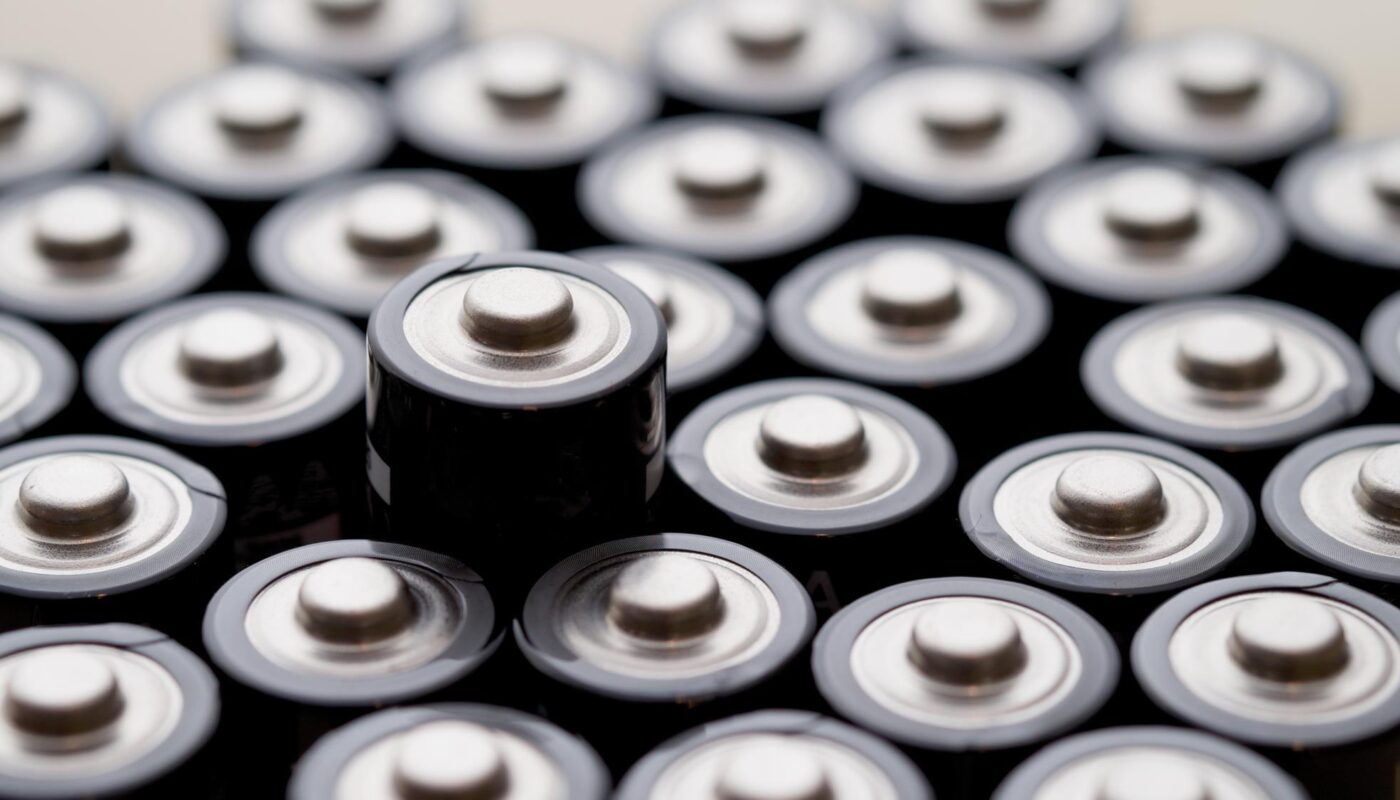A recent study led by Professor Chen Wei from the University of Science and Technology of China (USTC) at the Chinese Academy of Sciences (CAS) has unveiled a groundbreaking discovery regarding the crucial role of halogen-mediated solvation structure in the de-solvation process of multivalent ions. The findings, published in the prestigious journal Joule, highlight the significant impact of halogen-mediated mechanisms, particularly chlorine (Cl), in reducing overpotential during metal ion deposition in manganese metal batteries (MnMBs).
Through a combination of theoretical calculations and experimental analyses, the research team confirmed the active participation of Cl ions in the solvation process of Mn2+ within the electrolyte, leading to the transformation of the solvated 2+ structure into 2+. The weaker Mn-Cl bond, attributed to the larger radius and lower charge density of Cl atoms compared to other elements, was found to substantially decrease de-solvation energies, thereby lowering deposition overpotential and enhancing efficiency in MnMBs.
By assembling symmetric and asymmetric cells, the researchers demonstrated the reliability of the halogen-mediated electrolyte, showcasing stable cycling of symmetric cells for over 700 hours at a current density of 0.1mA cm-2. This performance far exceeds that of existing manganese-metal battery electrolytes, with steady polarization values across different current densities reflecting the electrolyte’s exceptional multiplicity. Moreover, achieving a Coulombic efficiency nearing 100% and minimal deposition/dissolution overpotentials (<200 mV) on various collectors further underscored the electrolyte’s efficacy.
Notably, the asymmetric cell utilizing the halogen-mediated electrolyte exhibited stable cycling for more than 1000 hours with Ketjenblack (KB) as the current collector, maintaining a high manganese deposition/dissolution efficiency of 96.8% even at increased surface capacities.
In a significant advancement, the researchers also developed a halogen-mediated non-aqueous manganese metal full cell, showcasing nearly 600 cycles of stable operation in the designed electrolyte. The cell demonstrated robust multiplicity performance and well-defined plateaus, paving the way for the development of efficient rechargeable, non-aqueous MnMBs through electrolyte engineering.
This breakthrough not only holds promise for enhancing MnMBs but also offers valuable insights for other multivalent metal batteries and electroplating industries, signaling a new frontier in energy storage technologies.
*Note:
1. Source: Coherent Market Insights, Public sources, Desk research
2. We have leveraged AI tools to mine information and compile it




